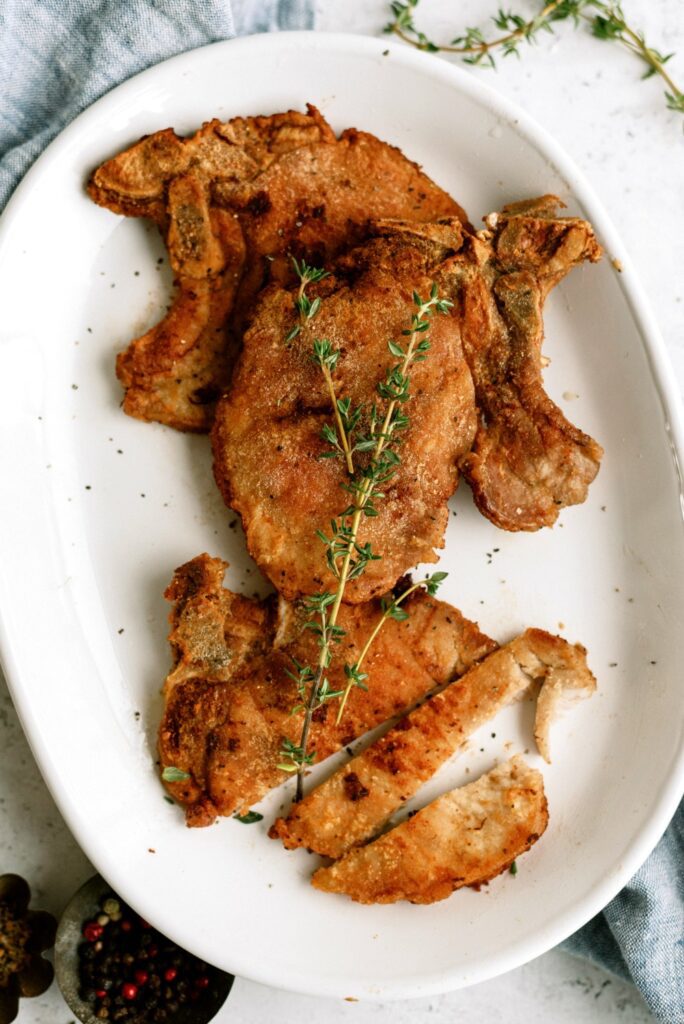Frying is a popular cooking technique around the world, but it can be challenging to get right. To perfect your fried foods, choose an oil with a high smoke point, heat it to 350-375°F, prepare your food properly by seasoning and coating it, don’t overcrowd the pan, use a thermometer to monitor the oil’s temperature, drain your food properly, and season it while it’s still hot. By following these tips and tricks, you can impress your guests with delicious and perfectly fried dishes.
Frying is a cooking technique that involves cooking food in hot oil. This cooking method is popular all over the world, and many cultures have their own way of frying food. Fried food can be incredibly delicious and satisfying, but it can also be challenging to get right. In this article, we’ll provide some tips and tricks for anyone looking to perfect their fried foods.
Choose the Right Oil
The first step in frying like a pro is choosing the right oil. Different oils have different smoke points, which is the temperature at which the oil starts to smoke and break down. For frying, you want an oil with a high smoke point, such as canola, peanut, or vegetable oil.
Heat the Oil
Once you have your oil of choice, it’s important to heat it to the right temperature. If your oil is too cold, your food will end up greasy and undercooked, but if it’s too hot, it can burn and result in a bitter taste. The ideal temperature for frying is between 350-375°F (175-190°C).
Prepare Your Food
Before you start frying, make sure your food is prepared properly. For example, if you’re frying chicken, make sure it’s seasoned and coated with flour, breadcrumbs or batter. If you’re frying vegetables, make sure they’re dry and coated in a light batter or panko breadcrumbs.
Don’t Overcrowd the Pan
One common mistake when frying is overcrowding the pan. Food needs space to cook properly, and if you put too much in the pan, it will lower the temperature of the oil and result in greasy, soggy food. It’s better to fry in small batches, giving each piece of food space to cook evenly.
Use a Thermometer
A thermometer is a handy tool to have when frying, as it helps you keep an eye on the temperature of the oil. You want to maintain a consistent temperature throughout the frying process, so use a thermometer to monitor the heat and adjust as needed.
Drain Your Food
Once your food is cooked, it’s important to drain it properly. Use a slotted spoon or wire rack to remove the food from the oil and allow any excess oil to drip off. If you place the food on a paper towel or napkin, it can become soggy and lose its crispy texture.
Season Your Food
Finally, don’t forget to season your food! Frying can be a great way to add flavor and texture to your dishes, but it’s important to add salt and other seasonings while your food is still hot. This ensures that the seasoning sticks to the food and gives it a delicious flavor.
In conclusion, frying can be a tricky but rewarding cooking technique. By following these tips and tricks, you can perfect your fried foods and impress your guests with your culinary skills. Remember to choose the right oil, heat it to the right temperature, prepare your food properly, don’t overcrowd the pan, use a thermometer, drain your food correctly, and season well. Happy frying!
